Utilizing Palm Trees in an Emergency
In emergency situations, resourcefulness and ingenuity are essential for survival. While it may not be obvious at first, palm trees can actually provide numerous benefits when faced with unexpected circumstances.
From shelter and food to tools and signaling, palm trees have proven to be amazing in helping individuals in emergencies. If you live where palm trees are common, you’re the lucky one since they need the right climate and most grow best in tropical locations. Freezing temperatures, or even extended cold temperatures, don’t mix well with palm trees.
If you have room on your private property to grow one of these beautiful palm tree varieties, consider doing so as part of your landscaping plans.
There are many ways you can start utilizing palm trees in an emergency. 13 Prepping Tips if You Live By the Beach
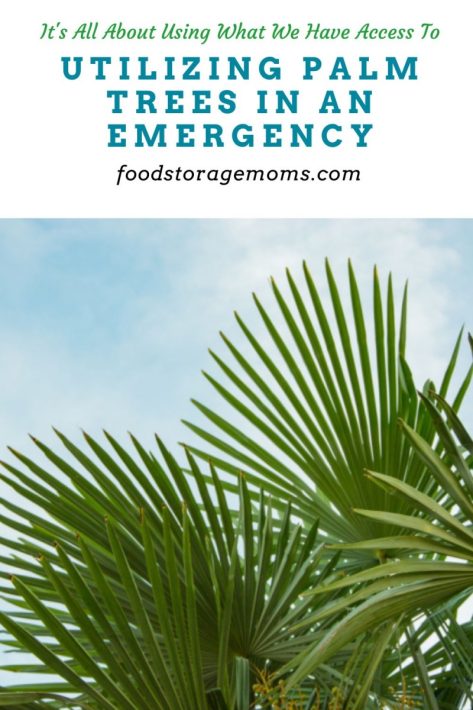
Shelter and Protection
When it comes to finding shelter in an emergency situation, palm trees can offer valuable assistance. The fronds of palm trees can be used to create temporary shelters or provide additional protection to existing structures.
By weaving together palm leaves or attaching them to a framework, one can create a makeshift roof or walls that offer shade from the sun or protection from the wind and rain. The thick foliage of palm trees also acts as a natural barrier against strong winds, providing additional security and comfort. How to Use a Tarp for Shelter
Fire Starting
Starting a fire is crucial for warmth, cooking, and signaling for help in emergency situations. Palm trees can be a valuable source of fire-starting material. Dry palm fronds are highly flammable and can be collected to ignite a fire easily. By arranging them into a teepee structure, you can create a proper fire pit.
The oily residue found on palm tree trunks can be used as a natural fire starter or accelerant, aiding in the process of starting a fire quickly and efficiently.
Food and Water Sources
In an emergency situation where food and water may be scarce, palm trees can provide essential sustenance. Coconuts, produced by coconut palm trees, are a valuable source of hydration and nutrition. Coconut water, found inside young coconuts, is a natural electrolyte-rich drink that can help replenish fluids. The white meat inside mature coconuts can serve as a source of calories and healthy fats. The palm oil from oil palm trees is an edible
Certain palm trees also have edible inner cores known as palm hearts. These palm hearts have a mild, crunchy flavor and can be harvested for consumption. However, it is crucial to have the necessary knowledge and skills to harvest palm hearts without harming the tree or depleting its resources.
Insects are another potential food source that palm trees attract. Some palm trees harbor beetle larvae, grubs, or termites, which can be edible when properly prepared. In an emergency situation, knowing how to identify and safely consume these insects can provide a valuable source of protein.
- How to Conserve Water in an Emergency
- 7 Ways To Store Emergency Water
- How to Find Other Water Sources in an Emergency
Palm trees can also serve as a source of water in desperate situations. The leaf bases of palm trees naturally collect rainwater. By cutting or puncturing these bases, one can access clean drinking water. However, caution should be exercised to avoid damaging the tree’s health.
Tools and Implements
Palm trees offer various materials that can be fashioned into useful tools. Palm fronds, with their long and flexible nature, can be utilized as brooms, makeshift ropes, or bindings for shelter construction.
The sturdy trunks of palm trees can be repurposed as supports for structures or even as rudimentary weapons for self-defense.
The fibers found within the trunk can be separated and twisted together to create cordage or even woven into baskets or mats, providing additional utility in emergency situations.
Signaling and Navigation
Palm trees can be vital in attracting attention or assisting with navigation during emergencies. By clearing an area beneath palm trees and creating a visible marker, such as an “X” made with palm fronds, one can establish an effective landing zone for rescue helicopters. This visible signal increases the chances of being spotted and rescued.
Strips of bright palm fronds can also be tied to trees or posts to indicate paths or important locations, aiding in navigation through unfamiliar terrain. These directional markers can help others find their way or gather at a designated meeting point, enhancing coordination and safety during emergencies.
Types of Species of Palm Trees
- Pygmy Date Palm
- Pindo Palm
- Triangle Palm
- Mediterranean Dwarf Palm
- Mazari Palm
- Dwarf Date Palm
- True Date Palm
- Zombie Palm
- Windmill Palm
- Areca Palm
- Coconut Palm
- Oil Palm
- Jelly Palm
What else should I know about palm trees?
- Palm tree trimming and maintenance- do some research to see how best to trim your variety of palm trees. Whether they’re large palm trees or small palm trees they need some attention. Clear out any dead fonds, and make sure the trees are getting enough water and needed nutrients by way of fertilization. Nitrogen is helpful to keep them healthy with new growth.
- Palm tree removal – these trees can be a little tricky if they die and need to be removed. There should be some tree removal companies in your area that are well-versed in removal. Your local nursery should be able to make some recommendations. Be sure to keep the area around the trees clear of any debris so sidewalks aren’t a risk to bikers or those walking the neighborhood. Hurricanes and tropical storms can be harmful to these trees, so you may need to do some wrapping to help hold the fonds in place.
- Nutrient deficiencies of palm trees – as mentioned, like all growing plants, they need care and maintenance.
- Different species of palm trees have been affected differently by climate change. Check with your local nursery to see if your variety needs special attention and care.
- How to deal with taking care of them – they can be pretty hardy trees with some commercial growers actually having plantations full of trees, particularly coconut palms.
Are there any medicinal uses for palm trees?
Certain parts of palm trees have been traditionally used for medicinal purposes. For example, the sap or resin from the tree trunk of some palms has been used to treat wounds, burns, and skin infections.
The palm oil derived from the fruit of oil palm trees can also be used as a moisturizer for dry skin.
However, it is important to consult with medical professionals before using any natural remedies, particularly if you are prone to allergies.
Are there any safety considerations when using palm trees in emergencies?
While palm trees can be useful, it’s important to exercise caution and consider safety measures. Avoid climbing tall or unstable palm trees, as they can be prone to breaking or toppling over. Take care when handling palm fronds, as they may have sharp edges and can be a hazard if not used cautiously.
More Tips to Check Out
- 10 Ways to Utilize Old Bath Towels for Preppers
- How to Utilize a Pool in an Emergency
- What to Do With Your Old Stockpile of Food
Final Word
In times of crisis, it is crucial to make the most of available resources, and utilizing palm trees in an emergency is easier than ever. Palm trees, being available in many regions, can prove to be an important asset in emergency situations. From providing shelter and sustenance to offering tools and signaling options, I love what palm trees are capable of!
However, it is essential to approach the use of palm trees with respect for the environment and ensure that you possess the knowledge needed to take care of these natural resources. By understanding and utilizing the potential of palm trees, you can increase your chance of survival in an emergency. May God Bless this World, Linda
Copyright Images: Palm Tree Leaves Depositphotos_236922338_S, Coconut Palm Tree Blue Sky Depositphotos_429616688_S

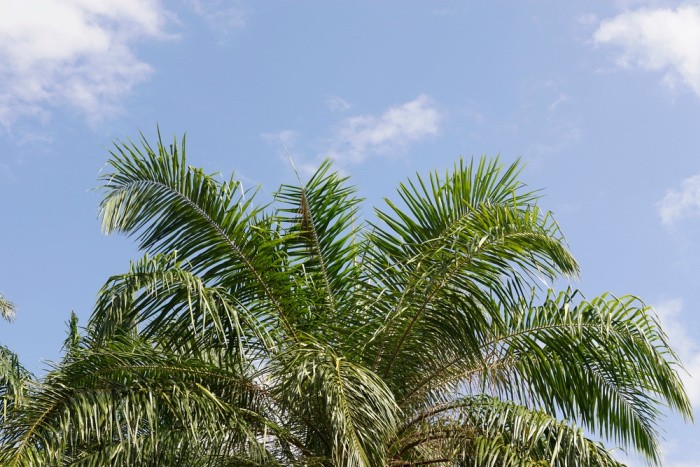

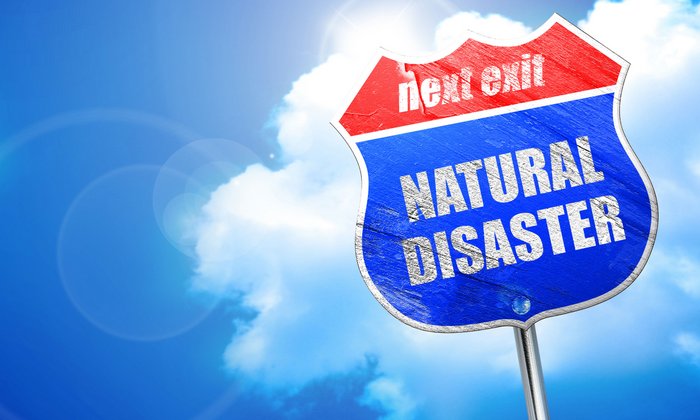
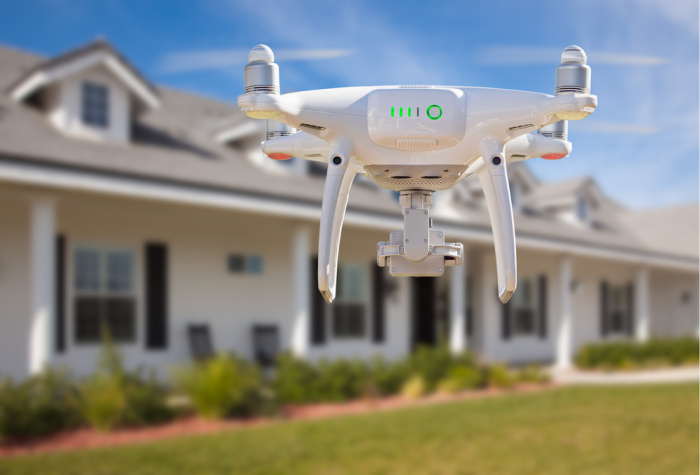


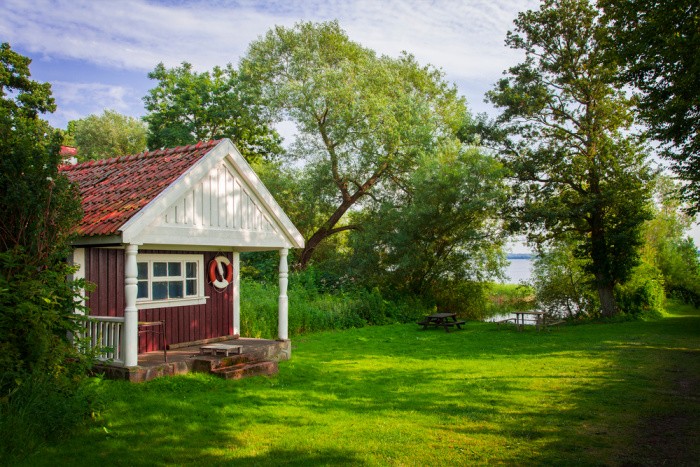


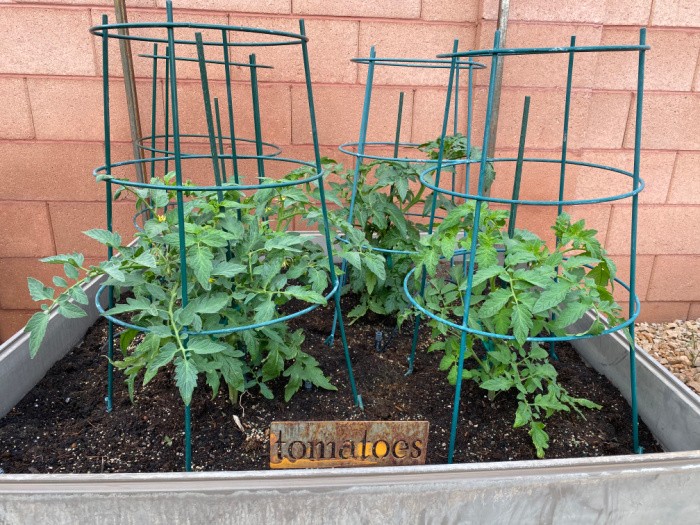

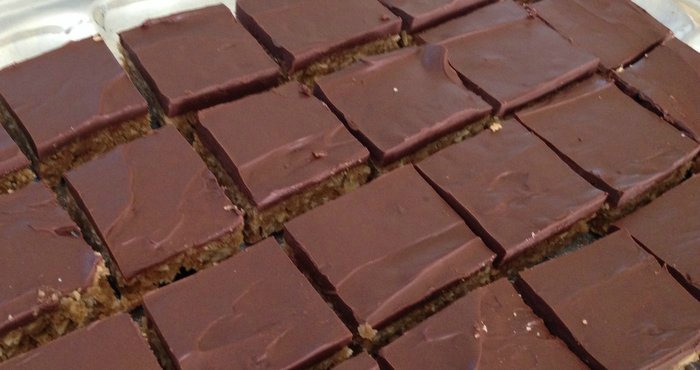










3 hour tour?
Hi Matt, did I miss something? 3-hour tour? I write so many articles, refresh my memory, my friend. Linda
Linda,
Matt is referring to Gilligan’s Island, the old TV comedy.
Hi Ray, oh my gosh now I have that song in my head!!! LOL LOL! Now I have the giggles, Linda
Lol carbon dated myself
Hi Matt, I still have that song in my head! It made my day! LOL! Linda
Hi Matt, oh my gosh, Ray reminded me about the 3 hour tour, Gilligan’s Island!!! Oh my gosh, I have the giggles now!! Linda
Hi!
When one harvests the heart of palm, one kills the palm tree. That simple. The tall coconut palms are not usually harvested for heart of palm. Usually it is the cabbage palm and the palmetto. Harvesting the heart is hard work. The palmetto has to be cut down first to get to the heart.
It is important to know which palms one is working with. There are over a hundred that grow in Florida, for example, but most are not native.
Storms can literally snap palm trees in half. I’ve seen that.
Yes, palm trees can be helpful, but they would be a last resort for me. I’ve got coconut palms growing. They are several years old, not producing yet.
Thanks for your articles, Linda! You obviously do a lot of research
Have a great day, everyone!
Teddy
Hi Teddy, the palm trees we had in Southern Utah were hard to keep trimmed back. Plus, I used long rose gloves and still got scratched. I have seen storms in Southern Utah blow the palm trees out of the ground. Great tips, i did not know, thank you! Linda
A couple of thoughts, living in the SW desert…palm trees harbor pack rats and chiggers, when left untrimmed. Trimming a tall palm is only for the strong of heart & legs! And I have seen a palm tree struck by lightning–it was a fiery torch, raining sparks onto everything. I think I’ll stick to acclimated desert trees.
Hi Marcy they also harbor scorpions! When we bought our home in Southern Utah the landscape guy asked us if we wanted palm trees. I looked at our HOA rules and they were not allowed. I’m glad I looked because those people who put them in, regretted the trimming and the scorpions. Oh my goodness, I can’t imagine the site of that palm tree hit by lighting!! Wow! We heard lighting the other night here and sure enough it hit a home and the house caught on fire! Lighting is scary to me. Our house got hit once. You never forget that sound. Great comment, thank you! Linda
The crazy thing about palm trees is how fast they grow! We are constantly cutting our palm branches down. It’s amazing! I’m sure they will come in handy when needed.
Hi Jess, they do grow fast and they are hard to get rid of too! Living in Florida, you never know when you can use those leaves aka palm tree fronds! Linda
Also be aware that palm ‘tree ‘ is a misnomer. Palms are members of the grass family, not trees. They are not related to oak trees or pine trees, for example.
Hi Teddy, that’s good to know, I remember seeing so many palm trees in Southern Utah that fell due to high winds but I don’t know the species. Linda
Linda,
I used to like palm trees–then, when Jane and I lived in Las Vegas, we had a couple in our backyard. What a constant PITA to take care of. Made a mess of our pool. Now, I consider them weeds.
It would have been different if my palms were date palms, or even coconut palms, but they weren’t.
Also, the nastily spiked stems between the trees and the leaves were once used as weapons by Pacific Islanders.
HI Ray, wow, I can see why those leaves would be weapons used by the Pacific Islanders! They are sharp! I watched neighbors have their palm trees removed, because they are hard to maintain. I would call them weeds as well. There is another Desert Tree in Southern Utah that I consider a weed, they are mess with aphids and flowers dropping. They look beautiful in bloom but then everyone has them dug out. LOL! I don’t remember the name of the Desert tree but they are everywhere in in Southern Utah. Weeds, LOL! Linda
As yet another Floridian, they use them to decorate the airport and some stretches of highway and roads of significance or because they’re a result of new construction.
Bamboo grows very well here, but unless you really want it, it can get out of control and spreads all over the place.
I did not know about scorpions and rats…. they never mentioned that on Gilligan’s Island…. LOL.
Hi Frank, oh this Gilligan’s Island song is back in my head! Oh life is so good! We need a good laugh! I love hearing about Florida, it’s so beautiful! Linda
Linda,
We have Mexican Bird of Paradise shrubs and Desert Willow (which may be the tree you’re thinking about). Both attract bees AND ants. But we keep them because of the bees and pretty flowers.
Hi Ray, YEP!! I Googled Desert Willow, yes they have beautiful flowers but they are a weed to me. LOL! I plant or I used to plant a lot of Salvia, perennial and they bring bees and Hummingbirds to my house. Those trees, the aphids love them. Linda